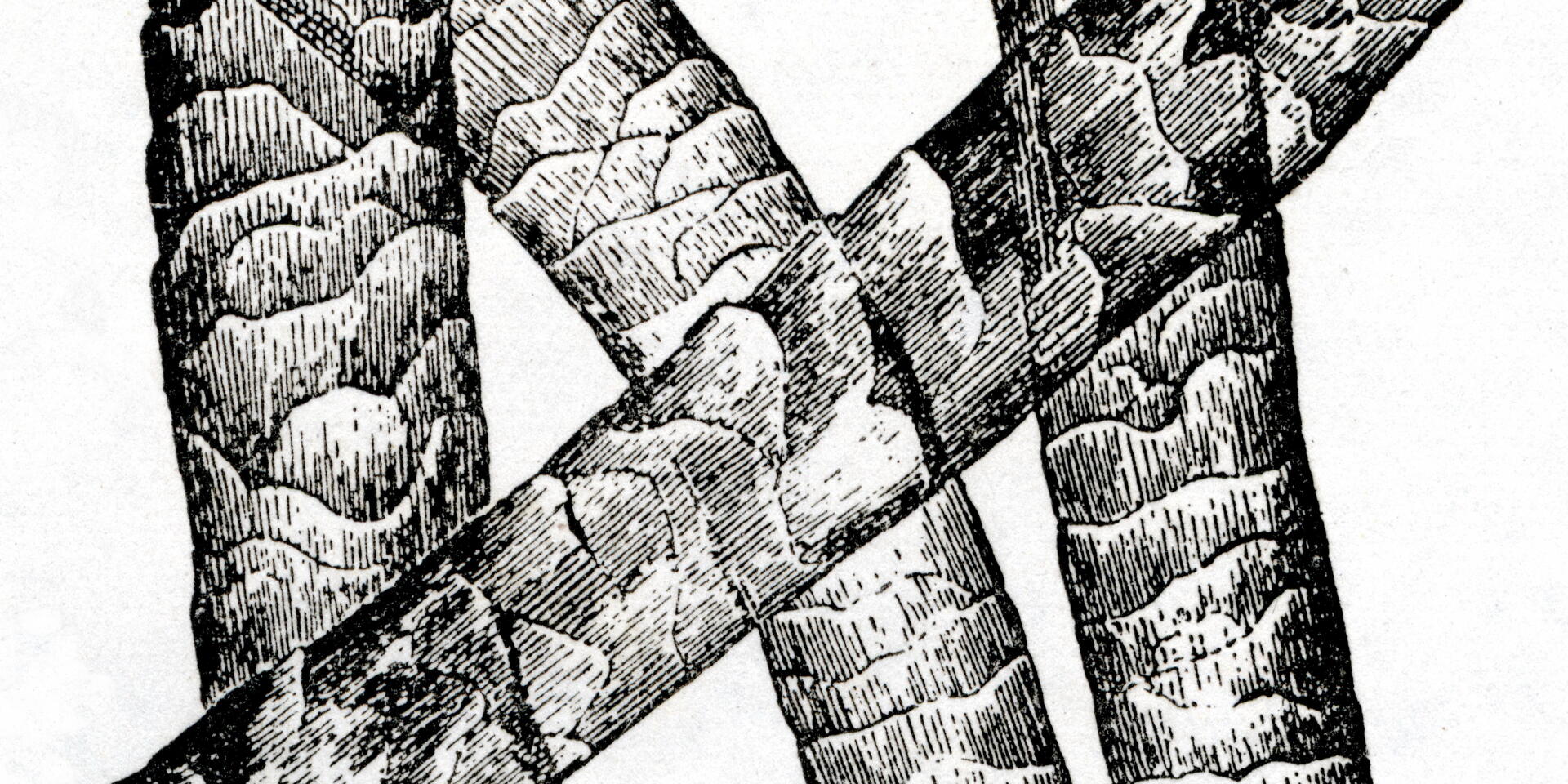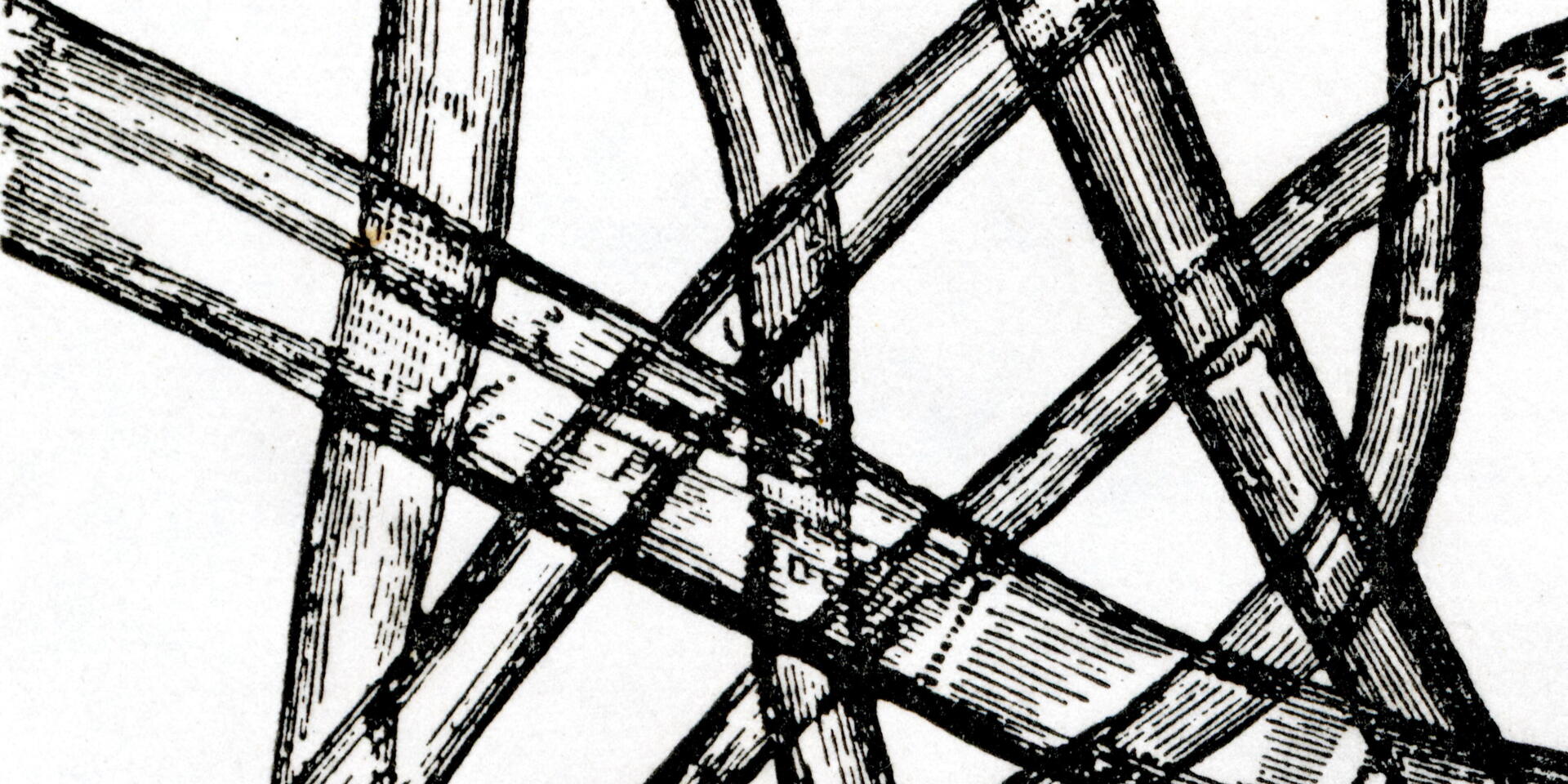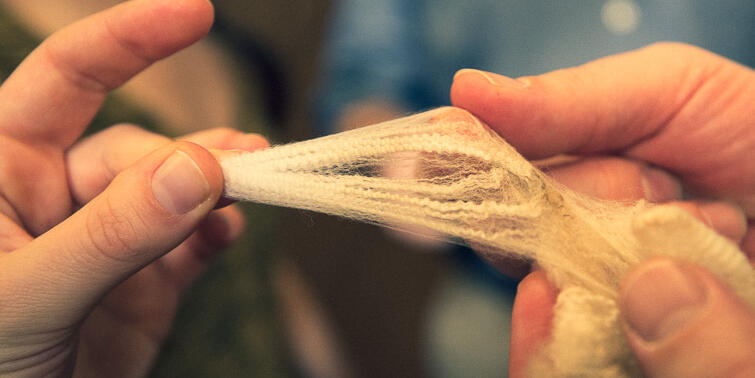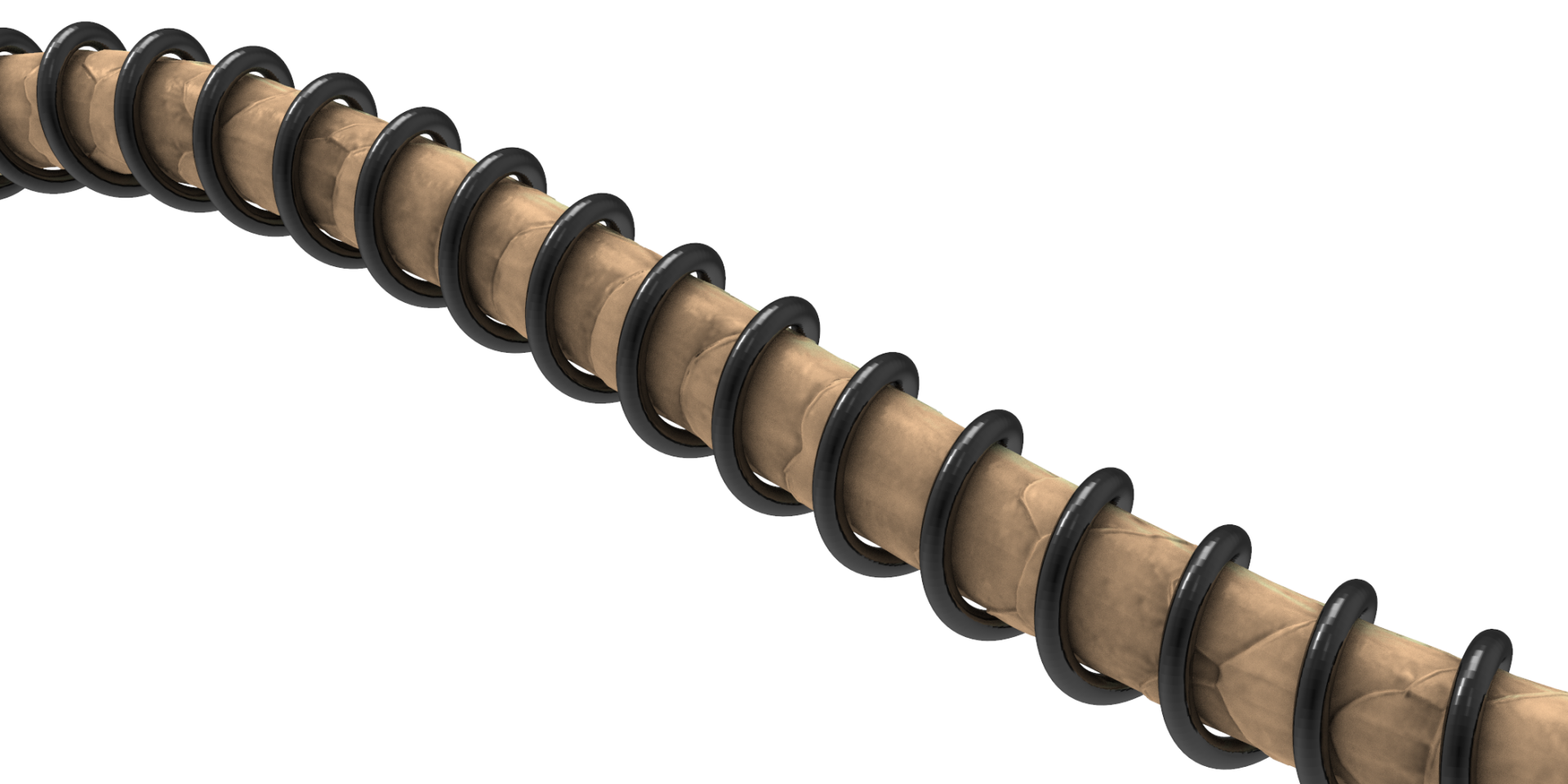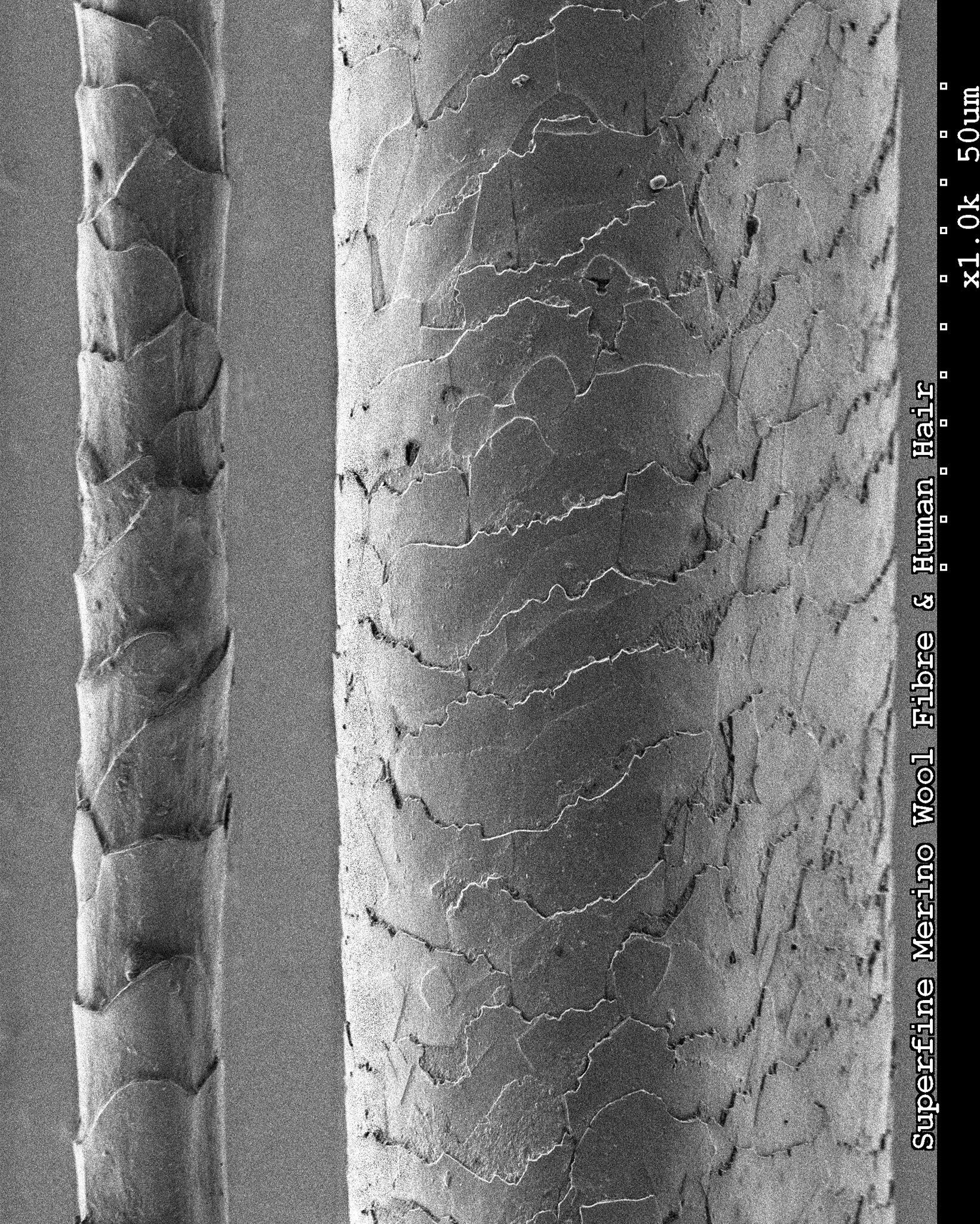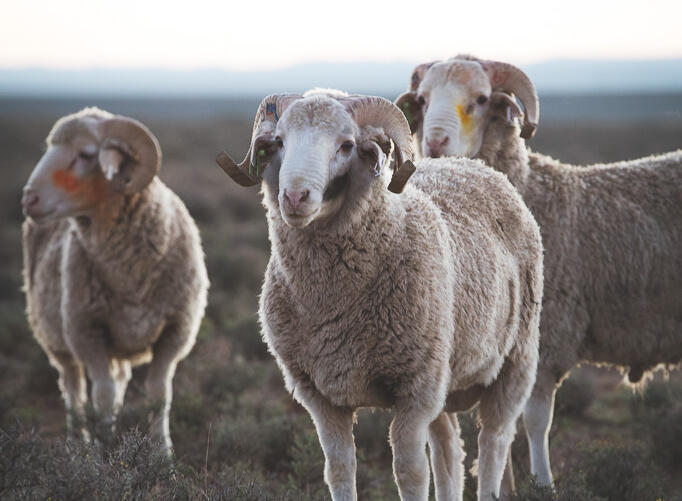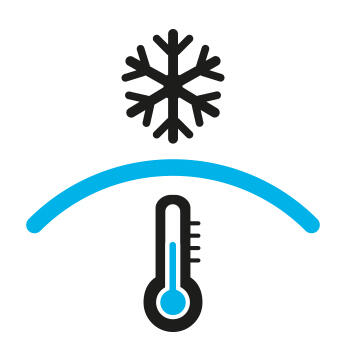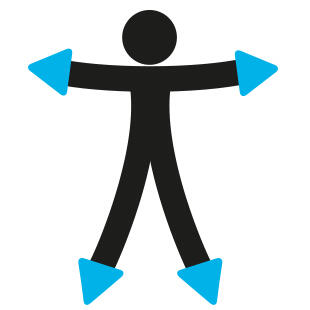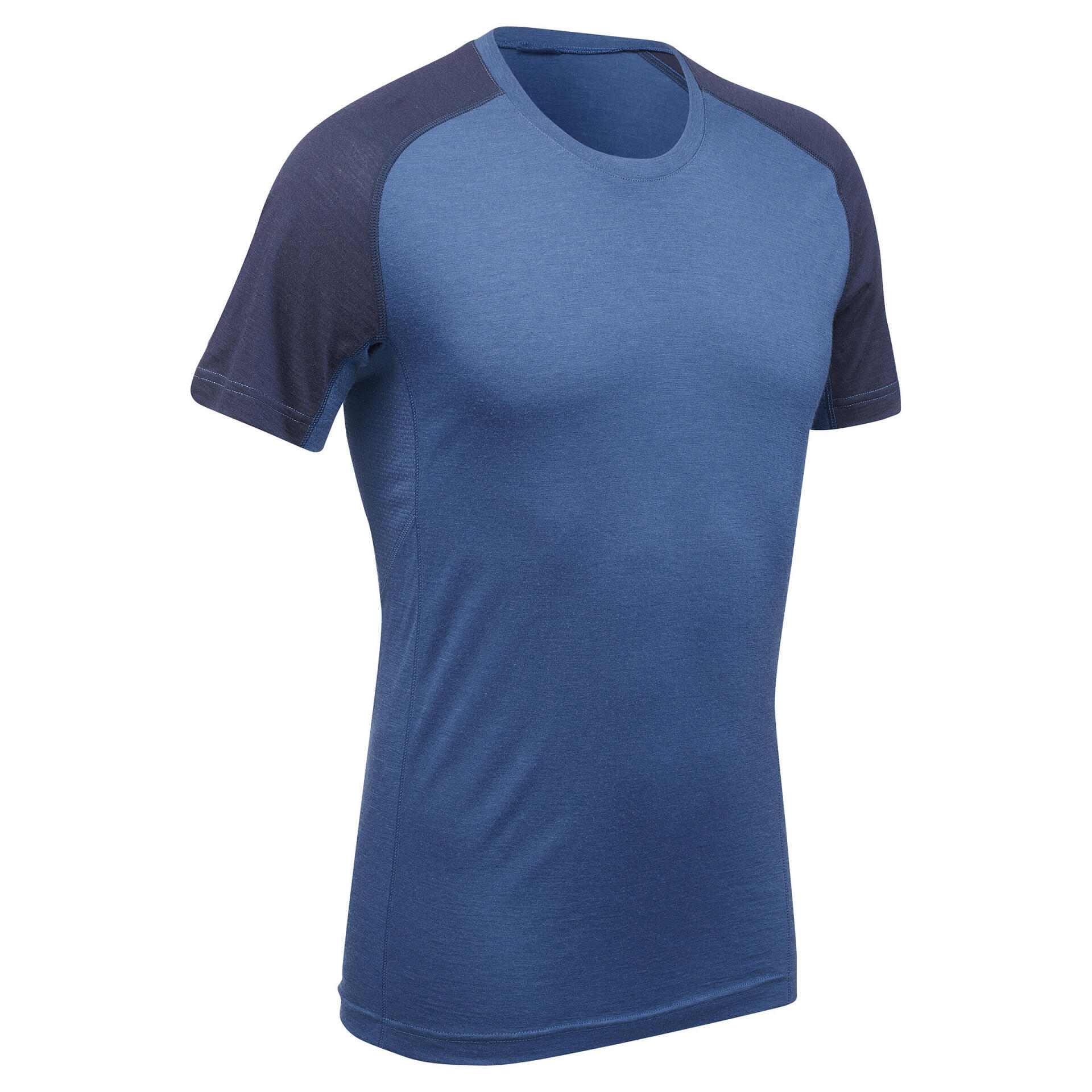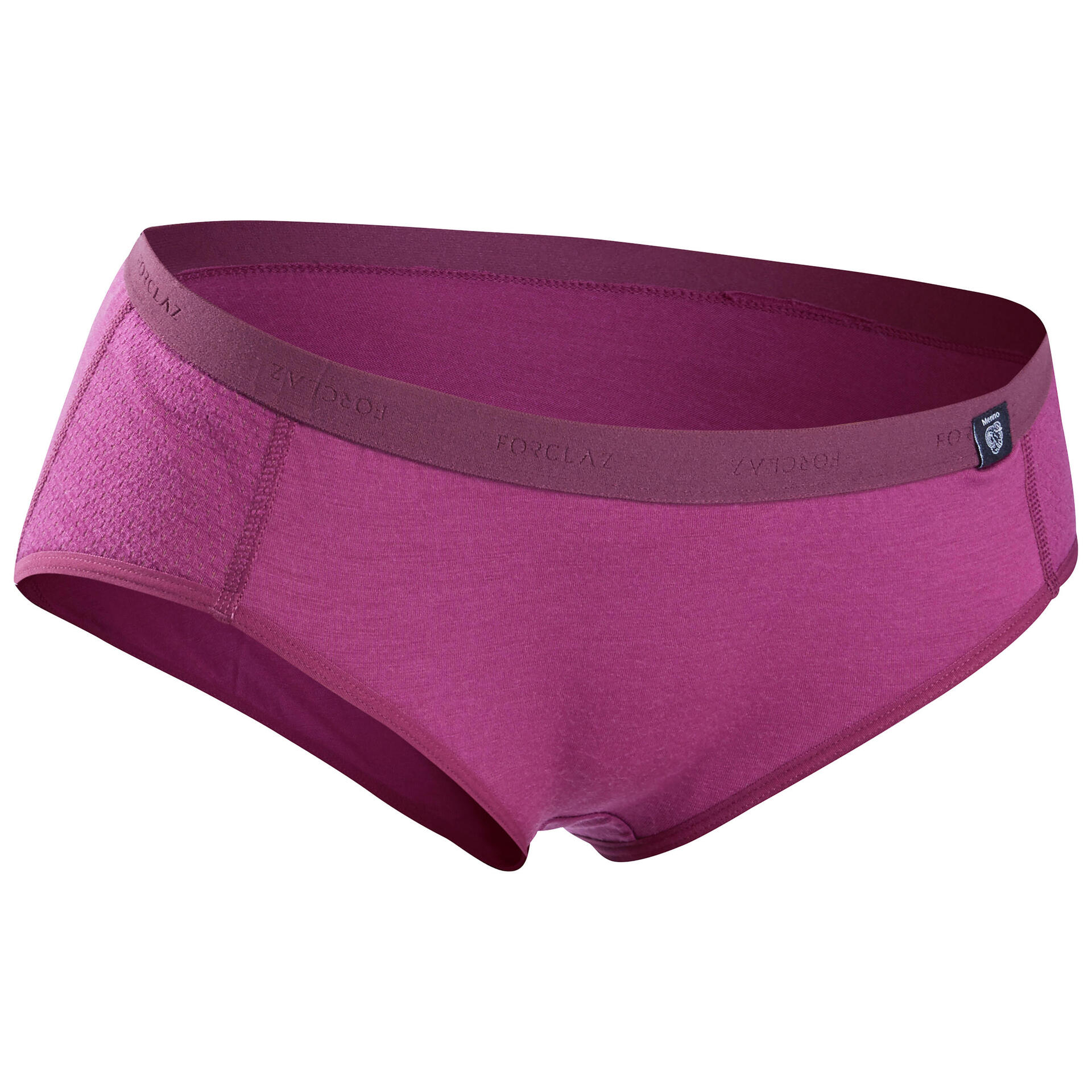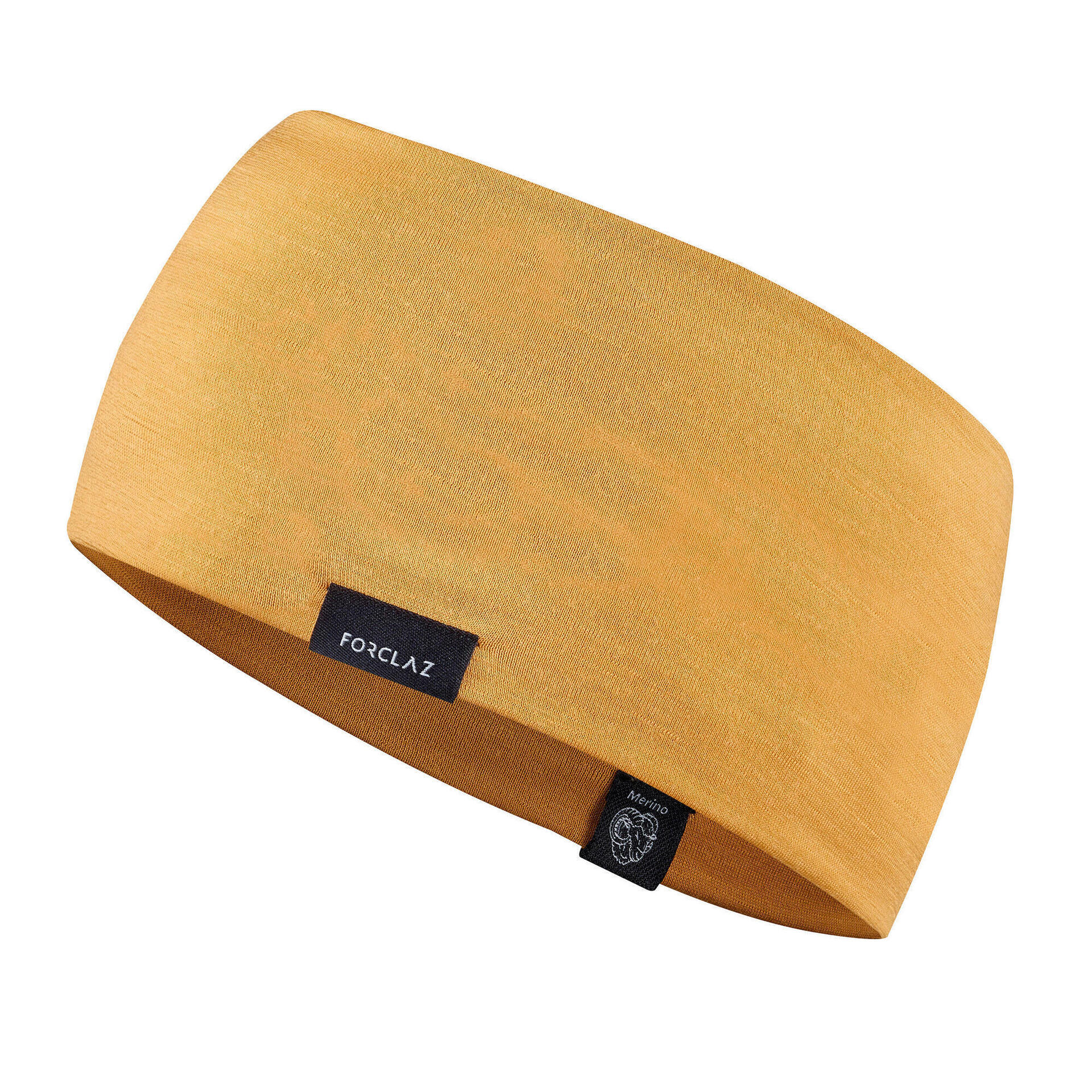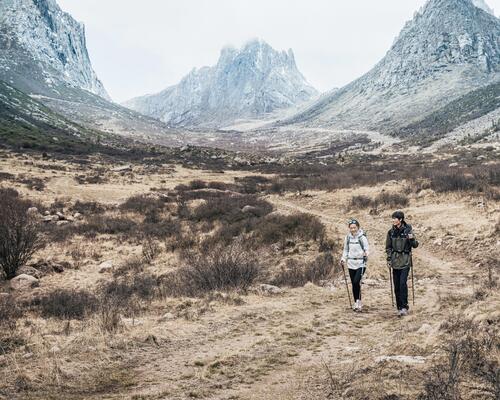Does merino wool stay warm?
It’s no accident that our grandmothers recommend "a little wool" when it's cold!
The insulating attribute of the wool is attached to the fibre’s structure, particularly suited for manufacturing warm textiles.
Wool fibre is naturally curly and thin making it very hairy. Its surface is covered with scales and has irregularities.
It's this composition that makes wool a material that "inflates" and therefore traps insulating warm air easily.
Moreover, wool is a material that "is warm to the touch". For example, in a room at a constant temperature, you will notice that wool is warmer to touch than glass which has a much smoother surface.
Wool also has other thermal advantages when it is moist (rain, perspiration, etc.): absorption is exothermic which means that by absorbing water it generates a small amount of heat!
All the same, be careful if you are wet in winter as this heat release is temporary so remember to add an insulating layer or windbreaker over your wool garment to trap the heat.

